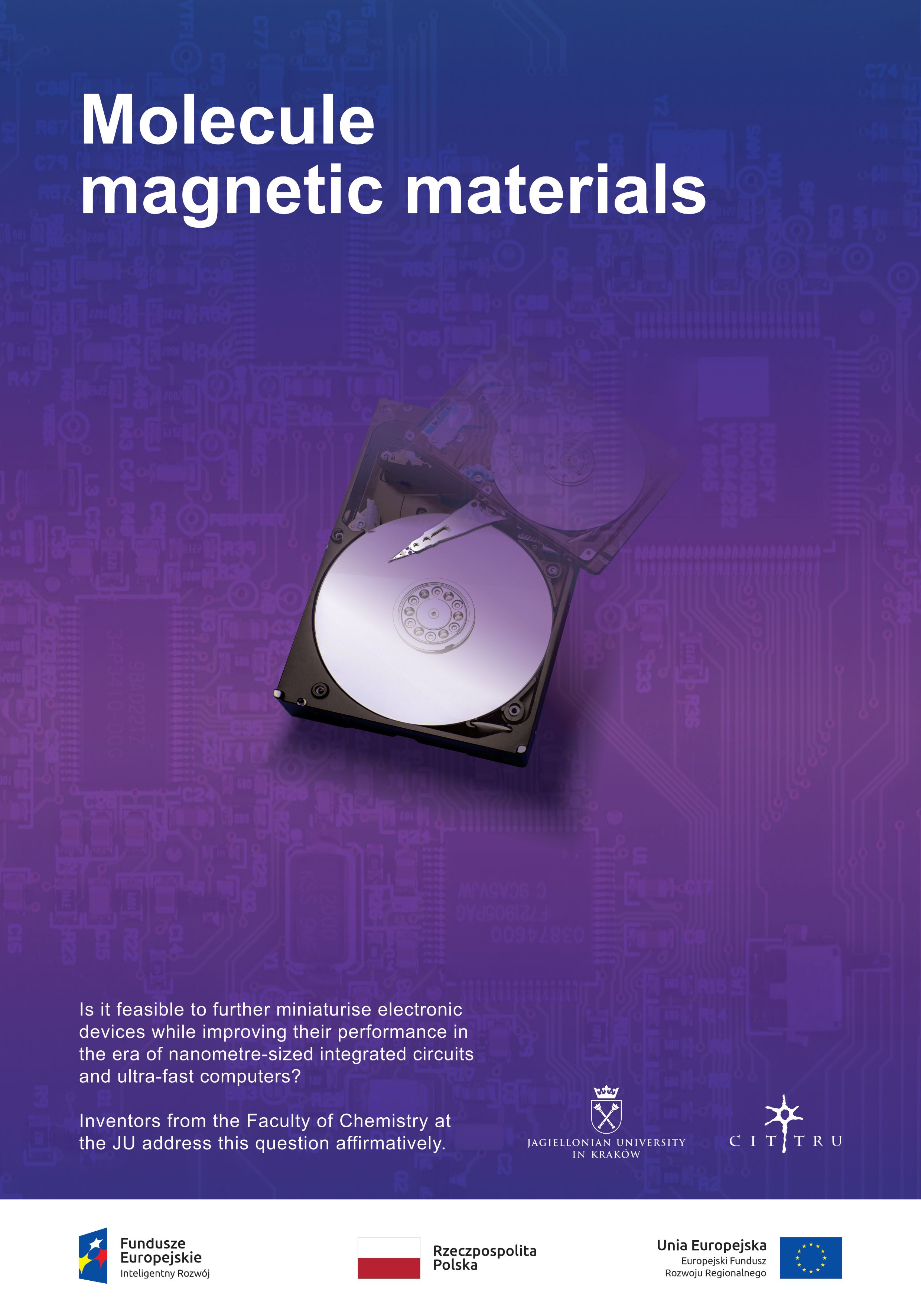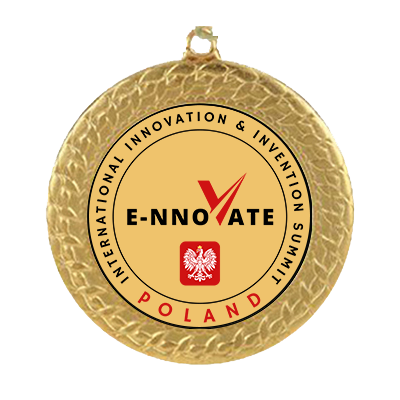
Molecule magnetic materials
Description: The innovation is high-temperature, molecular magnetic materials exhibiting the ferromagnetic effect. The vital advantages of the technology are high temperature ferromagnetism, solid and liquid state materials and wide range of applications in medicine, electrotechnics, electronics.
The innovation is high-temperature, molecular magnetic materials (solids, liquids) exhibiting the ferromagnetic effect. Ferromagnetics retain their properties up to Curie temperature (Tc), while above Tc they become paramagnetic. An important issue from the point of view of their application is the fact that majority of molecular magnetic materials miss their ferromagnetic properties above 0°C. As distinct from them a family of magnetic molecular materials exhibiting ferromagnetism at room temperatures was recently developed at the Faculty of Chemistry of the Jagiellonian University. Such materials are particularly desirable for magnetic storage, quantum computing and molecular spintronic. In addition, molecular magnetic materials are not only offered in the form of a solid, but also as a homogeneous liquid with ferromagnetic properties.
Organisation: Jagiellonian University
Innovator(s): Szklarzewicz Janusz, Hodorowicz Maciej
Category: Nanotechnology, Materials & Engineering
Country: Poland

